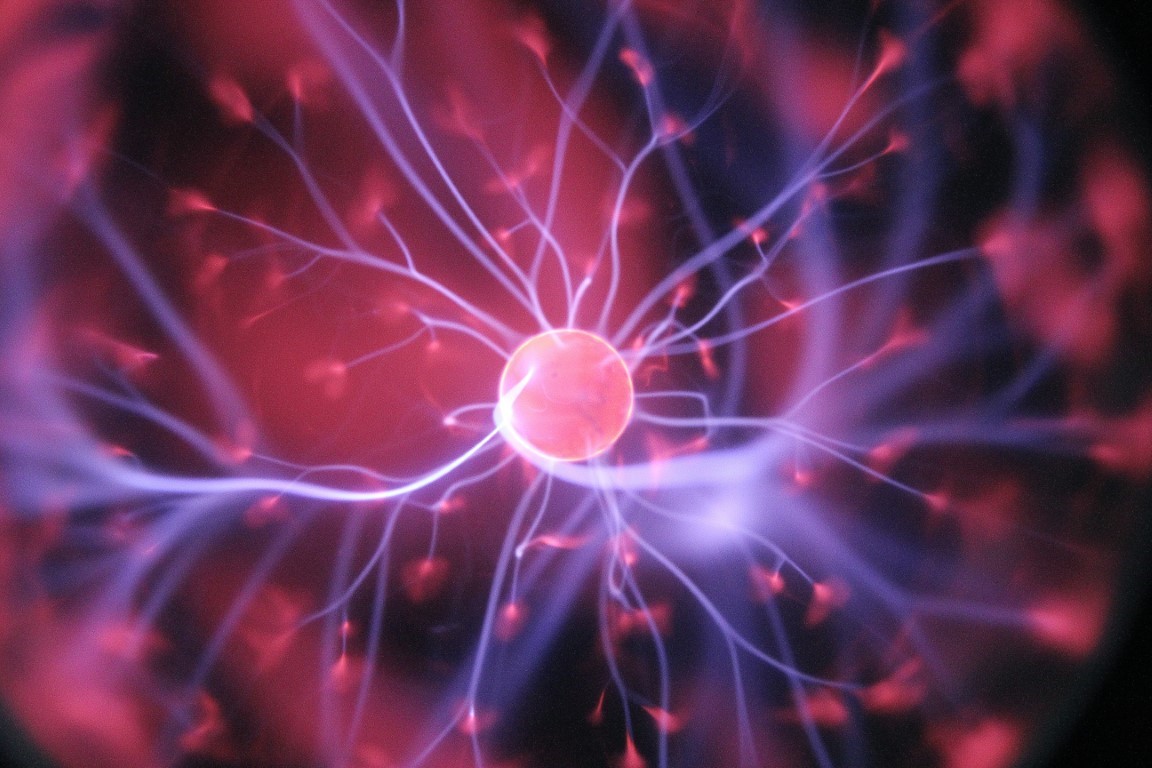Main content blocks
About me
Wykształcenie:
- stopień naukowy doktora habilitowanego w obszarze „Nauk technicznych” w dziedzinie „Nauk Inżynieryjno-Technicznych” w dyscyplinie „Inżynieria Środowiska, Górnictwo i Energetyka” (2020) nadany na Wydziale Infrastruktury i Środowiska Politechniki Częstochowskiej;
- dyplom mgr inż. inżynierii środowiska (2015) obroniony na Wydziale Inżynierii Procesowej i Ochrony Środowiska Politechniki Łódzkiej;
- ukończony kurs „Certyfikowany Europejski Projektant/Doradca Budownictwa Pasywnego” (2013);
- ukończone studia podyplomowe z „Zarządzania projektem badawczym i komercjalizacji wyników badań” (2013);
- dyplom managera budownictwa energooszczędnego (2012);
- ukończone szkolenie dotyczące „Komercjalizacji Nauk Innowacyjnych” (2010);
- stopień naukowy doktora nauk technicznych (2005) w dziedzinie „Budowa i Eksploatacja Maszyn” obroniony na Wydziale Mechanicznym Politechniki Łódzkiej;
- dyplom inż. budownictwa (2004) – w specjalności: „Zarządzanie w budownictwie” obroniony na Wydziale Budownictwa, Architektury i Inżynierii Środowiska Politechniki Łódzkiej;
- dyplom mgr inż. mechanika (1999) – w specjalności: „Maszyny, Systemy i Urządzenia Energetyczne” obroniony na Wydziale Mechanicznym Politechniki Łódzkiej.
Współpracuje z:
- Hochschule Merseburg (Niemcy);
- Fachhochschule Erfurt (Niemcy);
- Hochschule Bremerhaven (Niemcy);
- Czech Technical University in Prague (Czechy);
- Abant Izzet Baysal University (Turcja);
- Politechnic Institute of Braganca (Portugalia);
- Universitat Rovira i Virgili, School of Chemical Engineering (Hiszpania);
- Hochschule Zittau/Görlitz (Niemcy);
- Universidade de Aveiro (Portugalia).
Prowadzone zajęcia:
- Komputerowy rysunek instalacyjny – dla kierunku: IŚwB/SiIwIŚ I;
- Projekt zespołowy PBL – dla kierunku: SiIwIŚ/IŚ I, B I i A I;
- Ochrona powietrza – dla kierunku: IŚwB/SiIwIŚ I;
- Zastosowanie BIM w projektowaniu – dla kierunku: IŚwB/SiIwIŚ II;
- Monitoring jakości powietrza, wody i ścieków – dla kierunku: IŚwB/SiIwIŚ II;
- Seminarium dyplomowe – dla kierunku: IŚwB/SiIwIŚ I i II.
Scientific activity

Scientific activity
Publications

Scientific activity
Patents

Scientific activity
Projects



